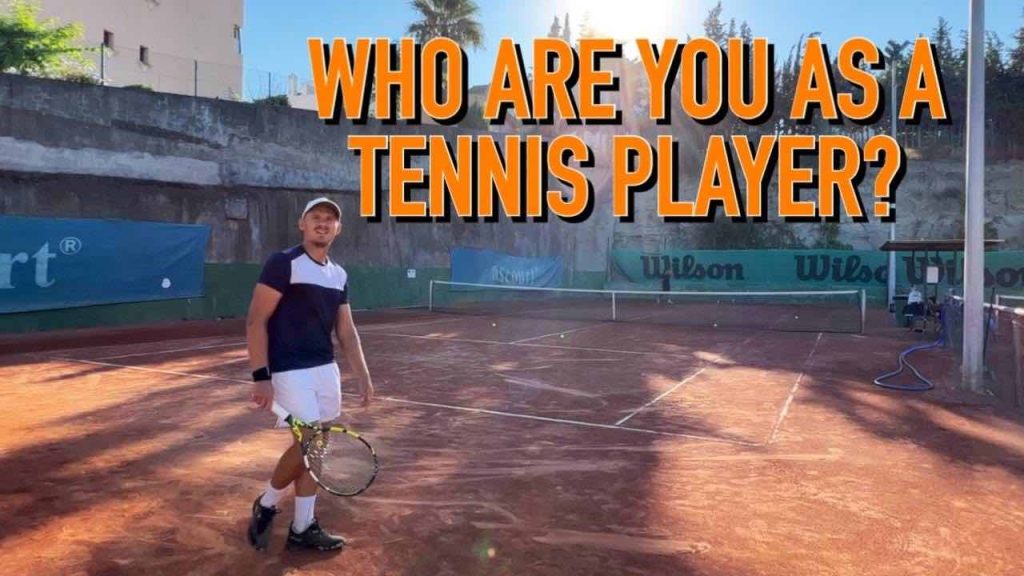To make an educated choice about your racquet setup, you need to understand: Who are you as a tennis player?
A racquet setup is highly personal. What works for the best players in the world will likely not work for you. Don’t get focused on what others use. Find what is comfortable for you and allows you to highlight your strengths and diminish your weaknesses. Most importantly, what makes you enjoy tennis more. There is no perfect racquet or string out there – the goal is to find a combination that feels right for you.
Before we start looking at the different racquets and strings, we must look at ourselves.
- What is your physical ability? (Age, height, weight)
- What is your playing level? (We use the NTRP scale here)
- What is your playing style? (Attacker, defender, baseliner)
- Do you have any injuries? (Tennis elbow, wrist problems)
- What are your strengths and weaknesses?
Recording yourself can open your eyes
One of the keys to improving as a player and finding the right gear is understanding your own game. We all have relative strengths and weaknesses. It doesn’t matter if you’re Djokovic or a complete beginner. Understanding where you’re at, your best and worst, will help you focus on where to improve, but it can also lead you to adapt your game plan successfully.
If you have a coach who can assess your game, that’s great. But no matter if you, it’s a great tip to record yourself. This doesn’t require a huge investment in equipment. A basic camera or smartphone is enough. You would also need a tripod or some kind of fence mount to get the right angle.
Then you just record all or part of your session. If you haven’t watched yourself play, this moment will be eye-opening. You will understand a lot more about your game after doing so. And if you don’t like editing videos, you can cut out all the dead time between play using the Swingvision app.
Since I started my YouTube channel and started recording myself regularly, I have seen a significant improvement in my game. Playing a lot is e, but being able to watch yourself is key to understanding where things go right or wrong. It doesn’t substitute working with a coach, but it will speed up the learning process.
Recording yourself playing tennis will help you understand who you are as a tennis player.

